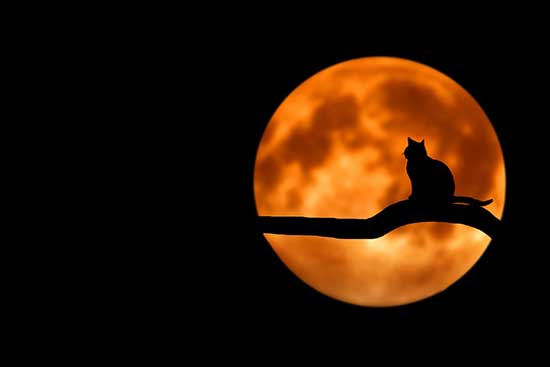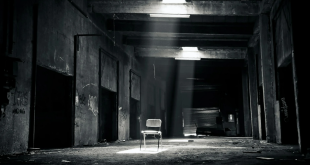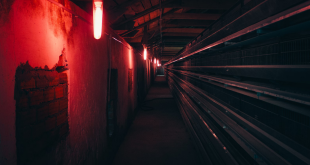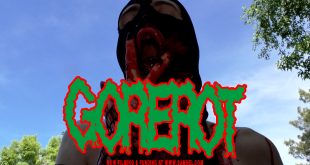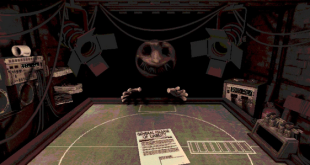Building Tension and Suspense: How Horror Films Use Editing Techniques to Scare You
Horror films have been an incredibly popular genre of movie for a large number of enthusiasts for decades, with the emotions and the thrills that come with them being a reason why they have remained a fan favorite for so many years.
They are known to keep us on the edge of our seats as we try to anticipate what might happen next, while there are moments that can shock us as they are completely unexpected. Filmmakers have managed to make these situations happen via the use of a number of different techniques, all of which have been crucial in helping to build the tension and suspense that make this genre popular. These methods include:
- Pacing
- Rhythm
- Cuts and Transition
- Sound
- Subtle Techniques
Pacing
Pacing is perhaps the most important aspect to consider for editing teams when they are working on a horror movie, as this is what can help to build as much tension as possible and have audiences gripped to the edge of their seats with each scene. Editors are able to change the pace of each scene that is shot in order to try and manipulate the emotions that are experienced, and they do this in a variety of ways.
Some will use methods where they will slow down the pacing, as this will help them to build the suspense that can be felt. In other scenarios, they may look to speed the pace up as this helps to create excitement. It is not unusual for pace changes to take place throughout horror films, with many starting off slowly before the pace quickens.
Rhythm
Another important technique of the editing process that is often used is in terms of rhythm. Many use this to help create anticipation from the audience, as this then helps to provide the shock factor and leave people jumping out of their seats with fright!
A “stinger” is typically used, which will provide a sudden sound and image that is completely unexpected, thus producing the screams from audiences that are intended. They will usually follow a rhythm, thus making this technique one of the most important.
Cuts and Transitions
Horror films can make the most out of stock video footage that is available and the scenes that are shot by implementing cutting and transition techniques. While many different movie genres use these methods, they are extremely impactful in horror films.
Editors who are able to make quick cuts within the video that has been used are able to provide audiences with a confusing element that can create fear. In contrast, they can make shots longer and continuous if they want to create additional tension and build suspense further. Transitions can be used in the same way, as they can make the audience feel uneasy with what they are watching.
Sound
Sound effects have always played a role in helping to create suspense and tension, and they are just as influential across the horror movie genre as they are in any other type of film. These films are famed for certain sounds, such as creaking doors and floorboards, or high-pitched screams and evil laughs.
Video editors will look to incorporate these as much as they can within the footage that has been shot in order to build the tension and suspense, as certain sounds will only add to the atmosphere and give the audience something to be fearful of. Additionally, the use of silence can also be just as impactful, as viewers will simply be left waiting for something to happen as there is an uncertainty about it all.
Subtle Techniques
Video editors are also able to use subtle techniques in order to build tension and suspense. While we all know sounds and cuts can play a huge role in evoking the emotions desired by audiences, the camera shots that are used and the way they appear can also have the impact wanted.
By using techniques such as zooming in at a slow pace or by using a number of close-ups, editors are able to give the scenes that are shot an extra dimension. This can then have audiences feeling uncomfortable with what they are watching, thus making the horror a potential success from that standpoint.
Video Editing is crucial for horror films
After analyzing the many techniques that are used, it is evident that video editing plays a crucial role in helping horror films to be as successful as they are today. With filmmakers and editors able to work together and create the story that is intended from the script created with all of the jumps and scares added, it is no surprise that so many of these methods are continually used.
 Horror News | HNN Official Site | Horror Movies,Trailers, Reviews
Horror News | HNN Official Site | Horror Movies,Trailers, Reviews
